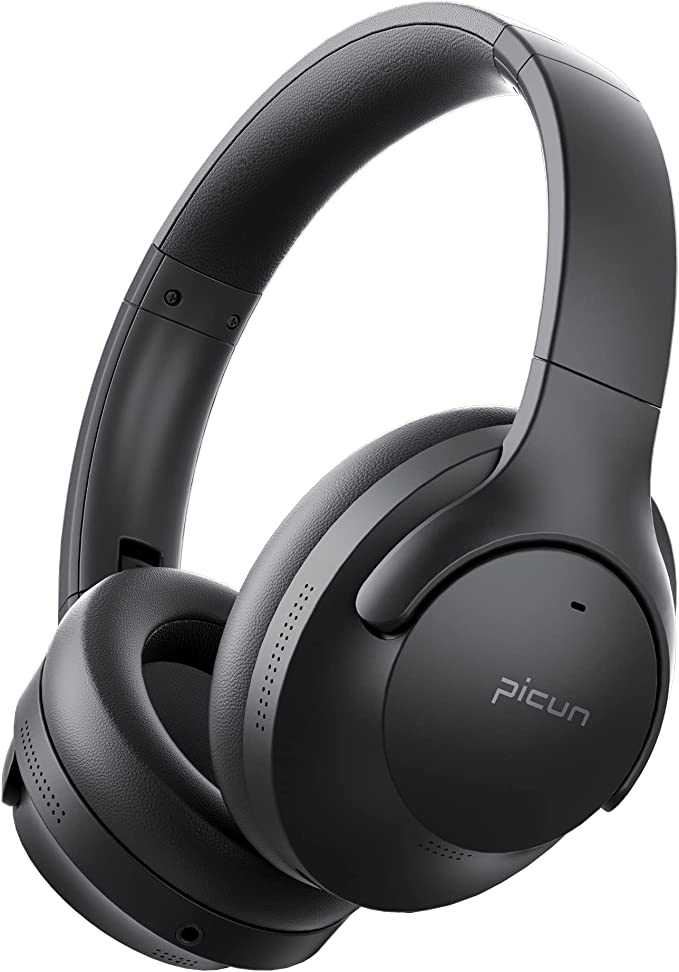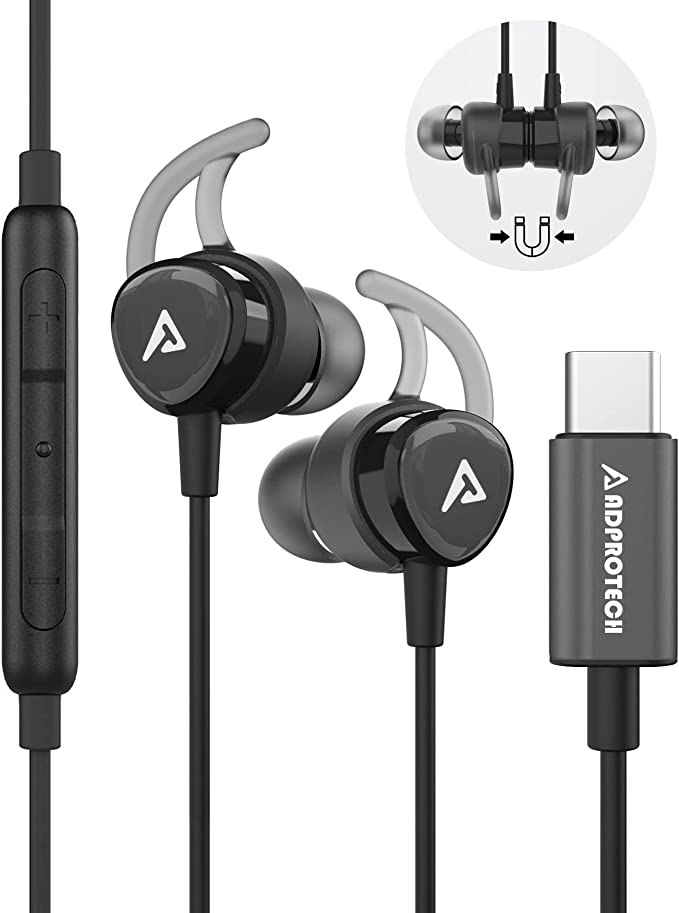The Physiology of Home Oxygen Therapy: Hypoxia, Hypercapnia, and the Thin Line Between Life and Death
Update on Dec. 25, 2025, 6:39 p.m.
In the quiet hours of the night, the sound of a pet struggling to breathe—the rasping gasp, the heaving chest—is a sound that induces primal panic in any owner. Respiratory distress is not merely a symptom; it is a physiological emergency. For decades, the only recourse was a frantic drive to the emergency veterinary clinic. Today, however, the landscape of veterinary medicine is shifting. Technologies once confined to the ICU are migrating into the living room, empowering owners to provide life-saving support at home.
At the forefront of this shift is the Pet Oxygen Chamber, a device exemplified by the Pawprint PureVent. But unlike a new bed or a fancy feeder, this is a medical device. Its use is governed by the strict laws of Respiratory Physiology and Gas Dynamics. Misunderstanding these laws can turn a life-saving tool into a lethal trap.
This article deconstructs the biological reality of oxygen therapy. We will explore the mechanism of Hypoxia (why the body starves for air), the insidious danger of Hypercapnia (CO2 poisoning), and why the structural engineering of a chamber is the difference between a sanctuary and a coffin. By understanding the science, we transform from anxious observers into competent medical partners.
The Physiology of Distress: Understanding Hypoxia
To understand the solution, we must first understand the problem. Why does a dog with Congestive Heart Failure (CHF) or a cat with Asthma struggle to breathe? It comes down to the transport of oxygen from the atmosphere to the mitochondria.
The Oxygen Cascade
In a healthy animal, air (21% Oxygen) enters the lungs. Oxygen diffuses across the thin alveolar membrane into the blood, where it binds to Hemoglobin in red blood cells. The heart pumps this oxygenated blood to the tissues. * The Blockade: In diseases like CHF, fluid accumulates in the lungs (pulmonary edema). This fluid thickens the barrier between the air and the blood. * Diffusion Limitation: Oxygen struggles to swim through this fluid. The result is Hypoxemia (low blood oxygen). The animal hyperventilates, trying to force more air in, but the mechanical barrier remains.
The Physics of Supplemental Oxygen
Oxygen therapy works by increasing the Partial Pressure of Oxygen (PaO2) in the lungs. * Concentration Gradient: By raising the oxygen concentration in the inhaled air (FiO2) from 21% to 40% or 60%, we drastically increase the driving pressure. * Forcing the Barrier: This higher pressure forces more oxygen molecules to dissolve into the fluid and diffuse across the membrane, saturating the hemoglobin despite the disease. It buys time—time for diuretics to work, time for inflammation to subside, time for the animal to rest.
This is the promise of the PureVent Chamber: to create a high-oxygen environment that mechanically assists the failing lungs.
The Invisible Killer: Hypercapnia (CO2 Poisoning)
However, providing oxygen is only half the battle. The other half is removing waste. Every time an animal exhales, they release Carbon Dioxide (CO2). In a sealed space, this creates a deadly problem.
The Physics of Re-breathing
If an oxygen chamber is perfectly sealed (to “keep the oxygen in”), the CO2 has nowhere to go. * Accumulation: CO2 builds up rapidly. It is heavier than oxygen and can pool at the bottom of the chamber—exactly where the pet is lying. * The Feedback Loop: As the pet breathes in high levels of CO2, their blood becomes acidic (Respiratory Acidosis). This signals the brain to breathe faster and harder, exhausting the animal further. * The Silent End: Eventually, high CO2 levels act as a narcotic. The animal becomes drowsy, falls unconscious, and dies. This is Hypercapnia.
Engineering Ventilation: The PureVent Solution
This biological reality dictates the engineering of the chamber. A safe chamber must leak. It must have Engineered Ventilation. * Passive Exhaust: The Pawprint PureVent features specific Built-in Vents. These are not accidental gaps; they are calibrated exhaust ports. * Positive Pressure: The system relies on the continuous inflow of fresh oxygen (from the concentrator) to create positive pressure inside the chamber. This pressure pushes the old, CO2-laden air out through the vents.
This dynamic flow—Fresh O2 IN, Stale CO2 OUT—is the heartbeat of the system. Without it, the chamber is a tomb. This is why DIY solutions (like plastic bins) are so dangerous; they lack the flow dynamics to purge CO2.

The visual above illustrates this critical airflow. The intake (usually lower or directed) introduces the life-saving gas, while the upper vents allow the rising warm air and accumulating gases to escape, maintaining a safe equilibrium.
The Goldilocks Zone: Temperature and Humidity
Beyond gases, the microclimate inside the chamber involves Thermodynamics. An animal in respiratory distress is often overheating. The effort of breathing generates immense metabolic heat.
The Heat Trap
A plastic enclosure acts as a greenhouse. Body heat and exhaled moisture (humidity) are trapped. * Heat Stress: High temperatures increase the body’s demand for oxygen, worsening the hypoxia. It is a vicious cycle. * Humidity: High humidity makes it harder for the animal to cool itself through panting (evaporative cooling).
Material Science and Ventilation
The Polyethylene (PE) material of the PureVent is chosen for durability, but the Ventilation System again plays the hero. The constant turnover of air (driven by the 5L/min flow from the concentrator) acts as a cooling breeze. It carries away metabolic heat and moisture, keeping the internal environment comfortable.
Some advanced setups even involve placing frozen water bottles in the chamber or directing a fan at the exterior to aid heat dissipation, but the foundational cooling mechanism is the airflow itself.
The Medical Standard: Why “Wellness” Machines Fail
The physiology of the pet dictates the specifications of the equipment. A large dog needs a lot of oxygen to flush out CO2 and maintain PaO2. This brings us to the Oxygen Concentrator.
The Flow Rate Threshold
To flush CO2 out of a chamber the size of the PureVent (approx. 150 liters), you need a significant volume of gas entering every minute. * The 5L Requirement: Veterinary standards typically mandate a minimum flow rate of 5 Liters Per Minute (LPM) for effective chamber therapy. * The “Wellness” Scam: The market is flooded with cheap oxygen machines marketed for “wellness” or “spa” use. These machines might produce 90% oxygen at 1LPM, but at 5LPM, their purity drops to 30%—barely better than room air.
The Prescription Barrier
This is why Pawprint Oxygen and responsible reviewers emphasize the need for a Medical Grade 5L Concentrator. * Prescription (Rx): In the US, true medical devices require a prescription. This is a safety check. It ensures that a veterinarian is involved in the care plan. * Consistency: A medical machine guarantees >90% purity at full 5L flow. This high-flow, high-purity stream is the kinetic energy that drives the ventilation system and the chemical energy that treats the hypoxia. Using a sub-standard machine defeats the physics of the entire system.
The Psychology of Containment: Reducing the Work of Breathing
Finally, we must consider the Psychological Physiology. Stress consumes oxygen. A panicked animal fighting a mask or being held down uses up the very oxygen they are lacking.
The Chamber as a Sanctuary
The transparent design of the PureVent serves a dual purpose:
1. Monitoring: It allows the owner to observe respiratory rate and gum color without opening the door.
2. Calmness: It allows the pet to see their owner. Unlike a mask, the chamber allows the pet to lie down, relax, and breathe freely without restraint.
By reducing the “Work of Breathing” (mechanical effort) and the “Stress of Restraint” (psychological effort), the chamber maximizes the availability of oxygen for vital organs.

The image above highlights the “open” feel of the enclosure. It is designed to be less of a cage and more of a bubble of safety, minimizing the claustrophobia that can exacerbate respiratory distress.
Conclusion: The Responsibility of the Home Medic
The PureVent Pet Oxygen Chamber is a powerful tool, representing the democratization of advanced veterinary care. However, it comes with the weight of responsibility.
It requires the owner to understand that they are managing a dynamic physiological system. They must monitor the temperature. They must ensure the concentrator is running at spec. They must understand that the vents are life-lines, not defects.
When used with this understanding, the chamber becomes a bridge—a way to support a fragile life through a crisis, buying precious time and offering comfort when it is needed most. It is the application of rigorous science to the most tender act of love: helping a best friend breathe.


















